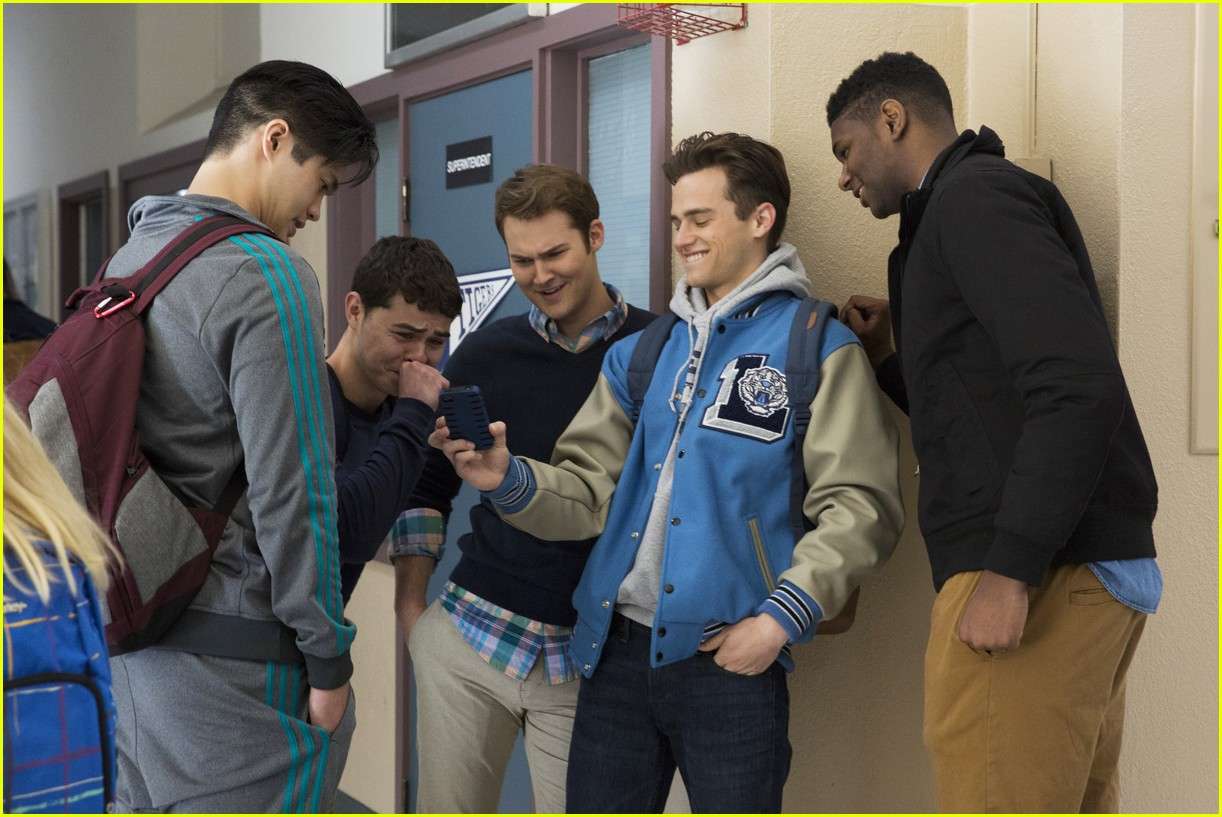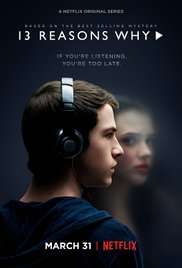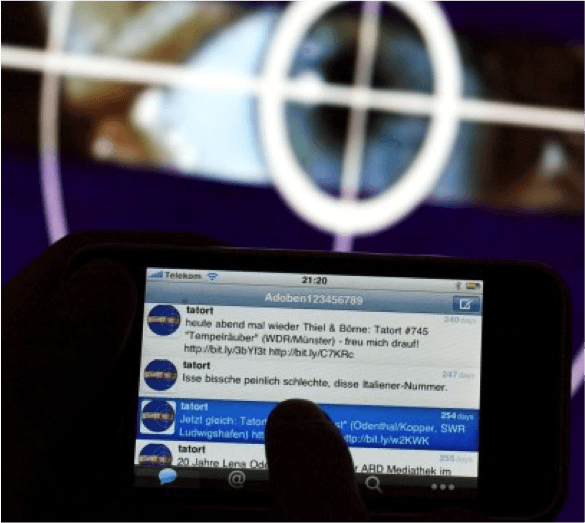Issue Guest Editors: Claire Perkins (Monash University) and Michele Schreiber (Emory University) Working in television has historically been considered ‘bread and butter’ labour for female filmmakers around the world.
Messaggi di Rogue Scholar

Viewer classification has been central to audience research and measurement since the early years of television. Efforts to gain knowledge of the viewing public have depended upon a system of classification and categorisation that segments and delineates the viewing public into recognisable social groups that can be used to steer programme policy and planning.

This latest offering to CST has partly been inspired by my recent research and planning for a module on American Contemporary Television Drama, and partly inspired by a long fascination with the television anthology series – its place and status in the television landscape. The module, devised by Anthony N Smith at University of Salford, has been handed into my care whilst he undertakes some serious research of his own – and good luck to him.

Local television outlets are essential places for the development and dissemination of local content. However, if you’re in a market that is anything other than America, the capitalist side of the industry has long fought against this – with commercial broadcasters in particular looking at cheap and reliable imports rather than necessarily investing in local productions. Cue another repeat of The Big Bang Theory.

** This blog contains spoilers ** Firstly, apologies – this blog contains spoilers. But seeing as 13 Reasons Why was released on Netflix in the UK several months ago (and already covered in a blog by William Proctor back in May), I’m hoping this won’t be too much of a problem.

As the media firestorm surrounding the Netflix TV series 13 Reasons Why continues apace, I have become increasingly concerned by several vaunted claims made by commentators in relation to the potential effects of the programme’s depiction of suicide.
Transformations of Television Industries Transformations of Television Consumption Practices Transformations of Televisual Aesthetics, Narratives and Identities 21 st Century Transnational and Transmedia Television Practices Wednesday the 13 th of September to Friday the 15 th of September, 2017, University of Westminster, 309 Regent St, London.

First, and for the record, let me state that I’m not a huge fan of superheroes.

Viewing practices in the age of second screens Watching television has always been a social activity. Recently, audience practices have been changing with the introduction of new forms of media technologies such as smartphones and tablet computers. Audience members have the option to log onto the Internet anytime and anyplace – even while watching television.

Contemporary media culture seems to suggest that it is unacceptable for a woman to look her age if she is over twenty-five. Apart from the flood of anti-aging products and procedures advertised to ever younger audiences, another key indicator for this trend can be found in the female faces presented to us in popular television programmes.